Soulmates
Alexej von Jawlensky and Marianne von Werefkin –

Alexej von Jawlensky and Marianne von Werefkin occupy a prominent place in art history as one of the avant-garde's pioneering artist couples. The exhibition "Soulmates" puts the focus on the relationship between the two Expressionist artists and strong personalities, who were connected by a lifelong unbreakable bond even after their extraordinary creative and private partnership (1893–1921) ended. The first exhibition in more than seventy years to present Jawlensky's and Werefkin's works side by side sheds light on the different stages of their oeuvres to pinpoint the ways in which they inspired and influenced each other.
Alexej von Jawlensky (1864—1941) and Marianne von Werefkin (1860—1938) were prominent members of the Expressionist avant-garde; with their art and their outsize personalities, they helped usher in modernism. Their works have never been shown together in one exhibition, and our presentation is the first to turn the spotlight on their relationship. Living and working together, they were soulmates for almost three decades.
After they left Saint Petersburg for Munich in 1896, Werefkin put her own creative ambitions on hold for ten years to dedicate herself to nurturing Jawlensky’s talent and study the art theory and contemporary art production of the time. Jawlensky started experimenting with still lifes and figure paintings, genres in which he found crucial inspiration in van Gogh.
In Murnau, where the two artists joined Wassily Kandinsky and Gabriele Münter to paint in 1908, they found their characteristic expressive and boldly colorful styles. Jawlensky’s landscapes from Murnau grew increasingly abstract; Werefkin, meanwhile, developed a specific mode of figure painting with which she probed a human existence at the mercy of inscrutable forces both supernatural and psychological.
In 1909, Jawlensky and Werefkin helped found the Neue Künstlervereinigung München, which met in their apartment on Munich’s Giselastraße. It was from this artists’ association that the Blue Rider seceded two years later. The vital ideas (Werefkin) and creative impulses (Jawlensky) with which they enriched the two groups’ activities alone would be enough to secure their place in art history.
When the First World War broke out, Werefkin and Jawlensky went into exile in Switzerland, where they lived and worked together in cramped quarters. They finally separated in 1921. Werefkin stayed in Ascona, while Jawlensky moved his family to Wiesbaden. Despite the end of the creative dialogue between them, they continued to make key contributions to the evolution of modernist art in the early decades of the twentieth century.
Presented in an unconventional exhibition architecture, the various stages of their creative evolutions, from the beginnings to their late oeuvres, are gathered in an opulent panorama comprising more than 190 works of art. Inspired by the theme of the soulmate relationship, the presentation traces the many ways in which the two artists complemented each other, their shared aspirations and achievements, but also their separate pursuits and sometimes abortive undertakings. It is rounded out by a stunning gallery of Jawlensky’s "Heads" and late "Faces," which respond to Werefkin’s theatrical scenes, depictions of workers, and visionary renderings of mental states.
In cooparation with Museum Wiesbaden, Hessisches Landesmuseum für Kunst und Natur.
Curated by Annegret Hoberg (Lenbachhaus) and
Roman Zieglgänsberger (Museum Wiesbaden)
Scenography: Juliette Israel
The exhibition was realized with support by the Kulturstiftung der Länder.
Audio
Erst wenn Sie zustimmen, erlauben Sie uns Daten von Soundcloud zu laden.
Erst wenn Sie zustimmen, erlauben Sie uns Daten von Soundcloud zu laden.
Works
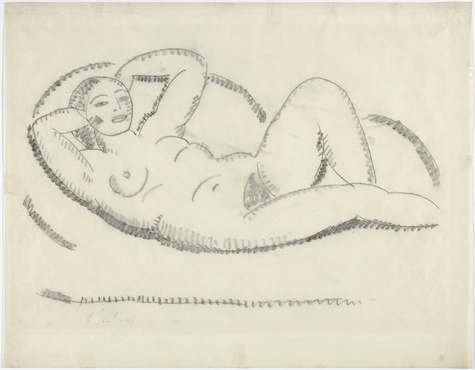
Alexej von Jawlensky
Liegender Akt, um 1912
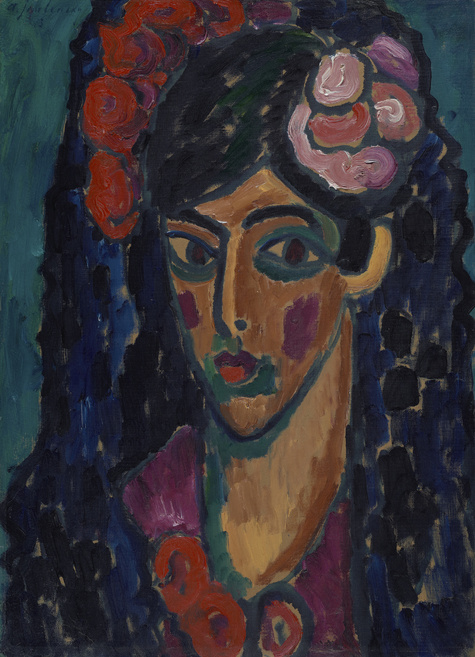
Alexej von Jawlensky
Spanierin, 1913
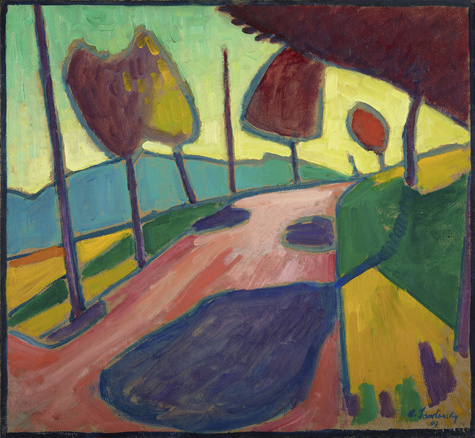
Alexej von Jawlensky
Murnauer Landschaft, 1909
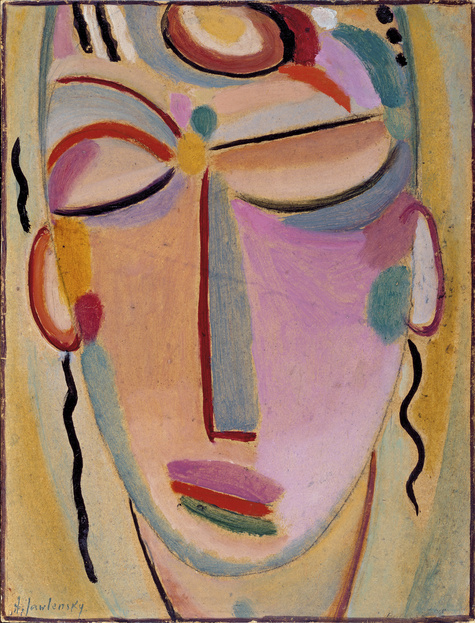
Alexej von Jawlensky
Mystischer Kopf: Meditation, 1918
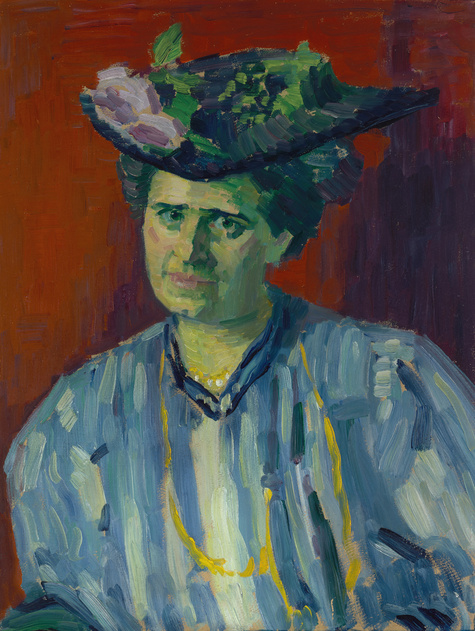
Alexej von Jawlensky
Porträt Hedwig Kubin, 1906
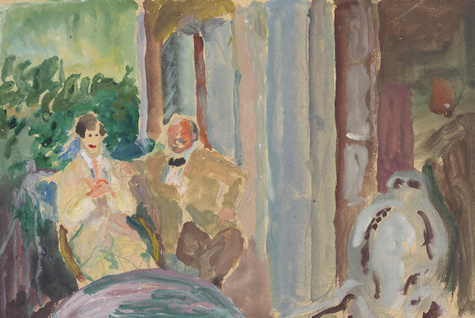
Marianne von Werefkin
Sacharoff und Jawlensky auf dem Balkon in St. Prex am Genfer See, 1917/18
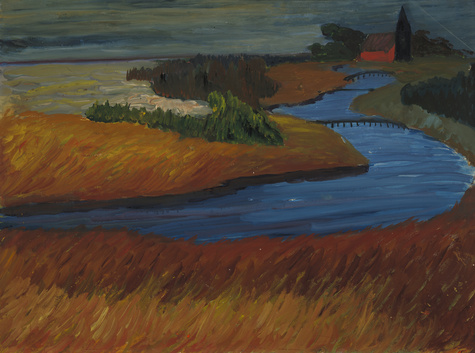
Marianne von Werefkin
Prerowstrom, 1911
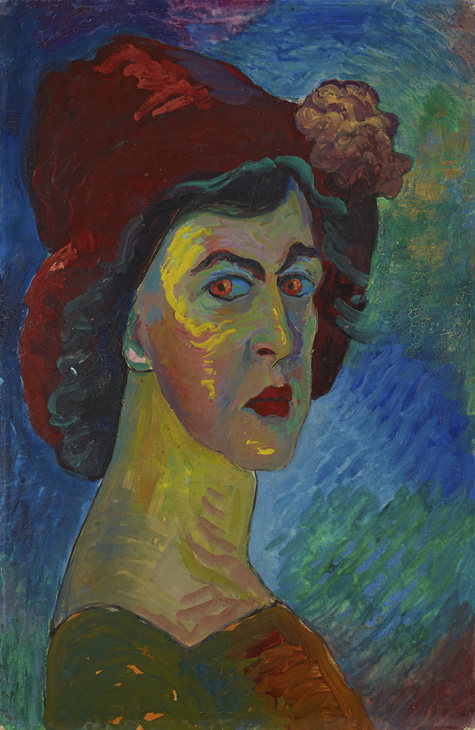
Marianne von Werefkin
Selbstbildnis I, um 1910
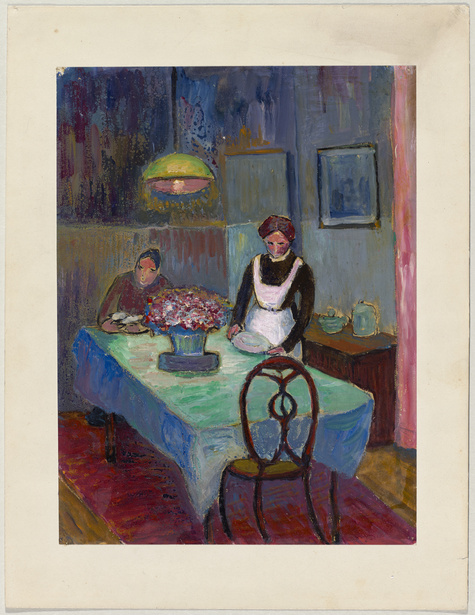
Marianne von Werefkin
Im Hause Chrustovs bei St. Prex, 1917/18
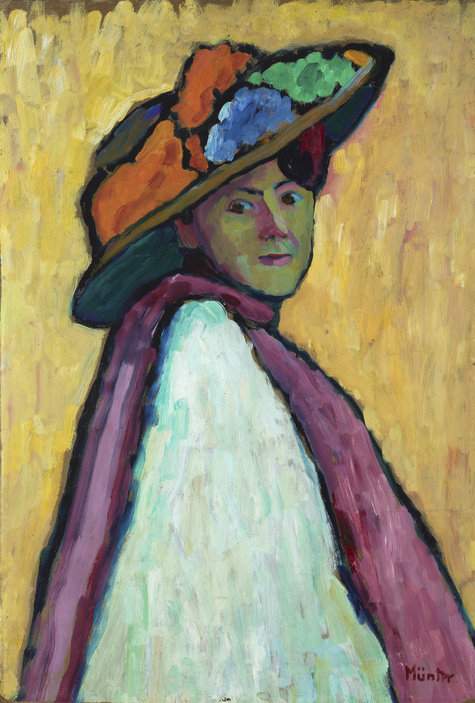
Gabriele Münter
Bildnis Marianne von Werefkin, 1909
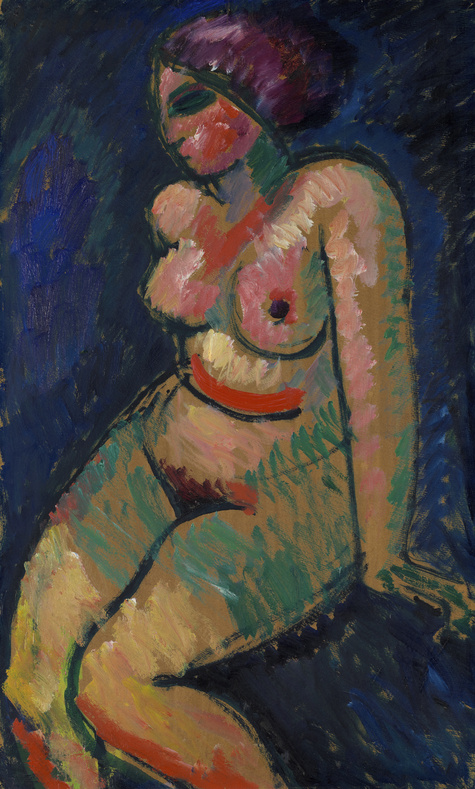
Alexej von Jawlensky
Sitzender weiblicher Akt, um 1910
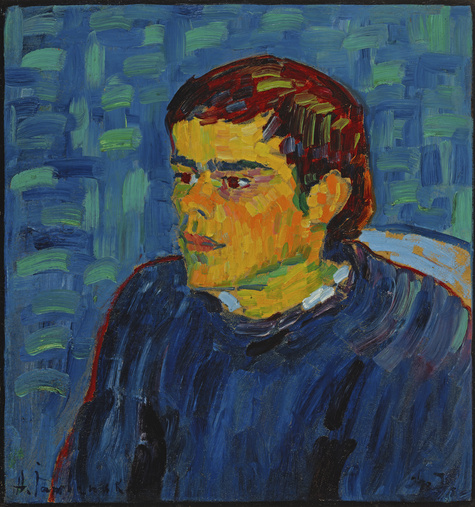
Alexej von Jawlensky
Der Bucklige, 1905
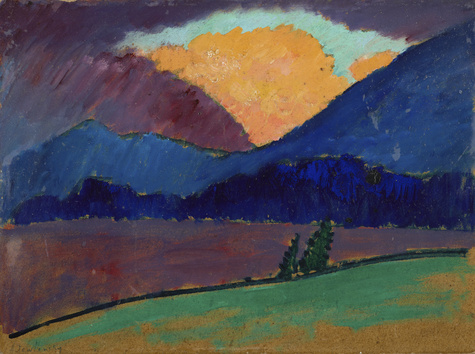
Alexej von Jawlensky
Sommerabend in Murnau, 1908/09
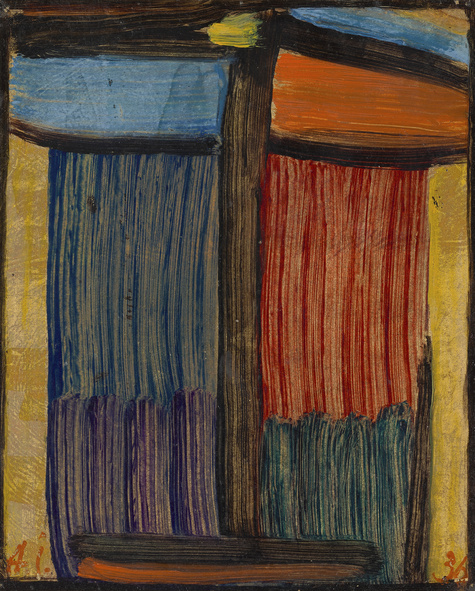
Alexej von Jawlensky
Meditation auf Goldgrund, 1936
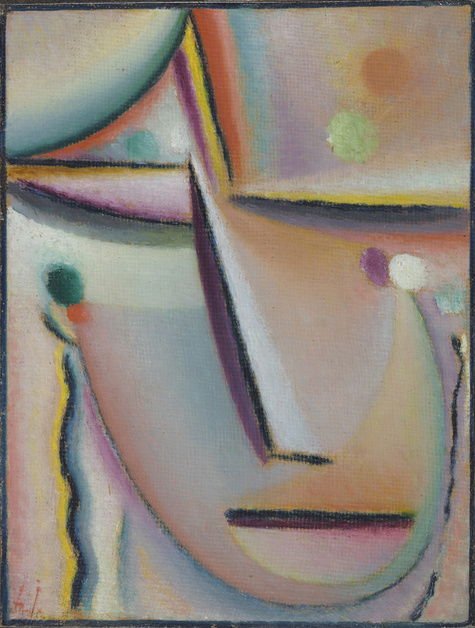
Alexej von Jawlensky
Meditation 'Das Gebet', 1922
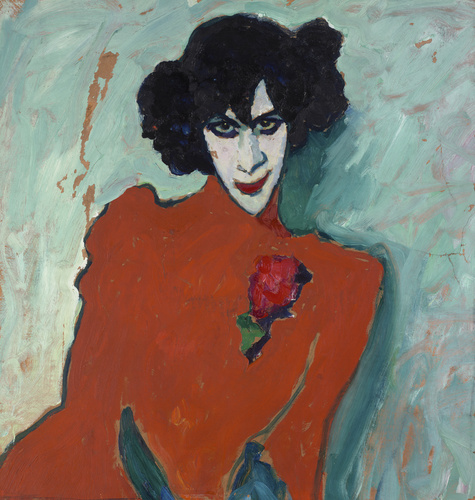
Alexej von Jawlensky
Bildnis des Tänzers Alexander Sacharoff, 1909
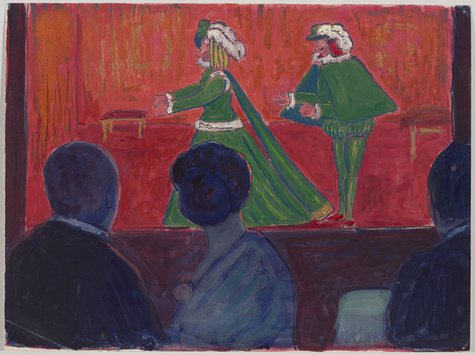
Marianne von Werefkin
Marionettentheater – im Vordergrund Jawlensky und Marianne von Werefkin, 1917/18
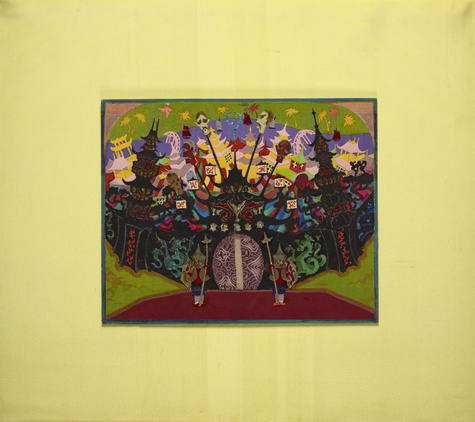
Alexander Sacharoff
Bühnenbild für die Oper 'Turandot' von Busoni (1. Akt: Die Stadt), um 1917
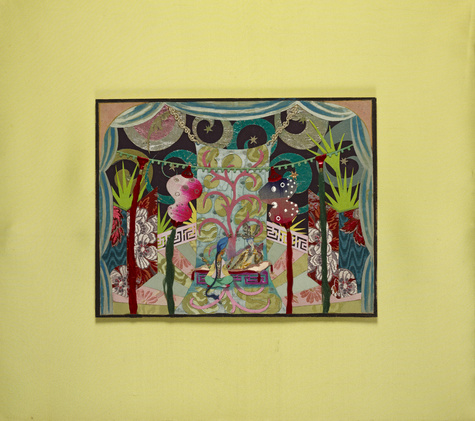
Alexander Sacharoff
Bühnenbild für die Oper 'Turandot' von Busoni (2. Akt: Turandots Boudoir), um 1917
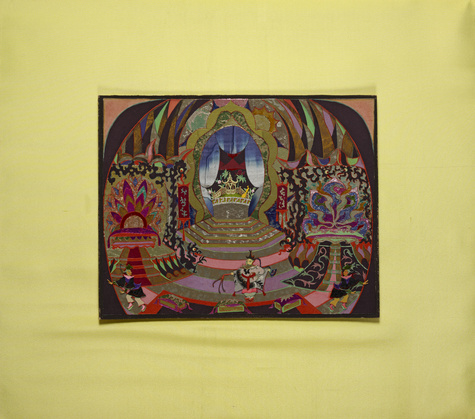
Alexander Sacharoff
Bühnenbild für die Oper 'Turandot' von Busoni (3. Akt: Der Thronsaal), um 1917
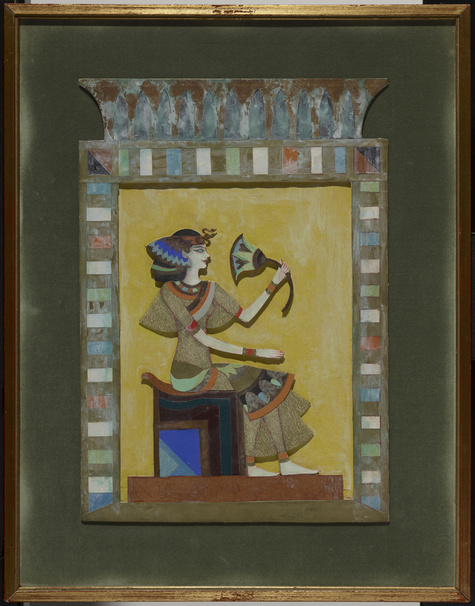
Alexander Sacharoff
Clotilde von Derp-Sacharoff als 'Isis', 1923
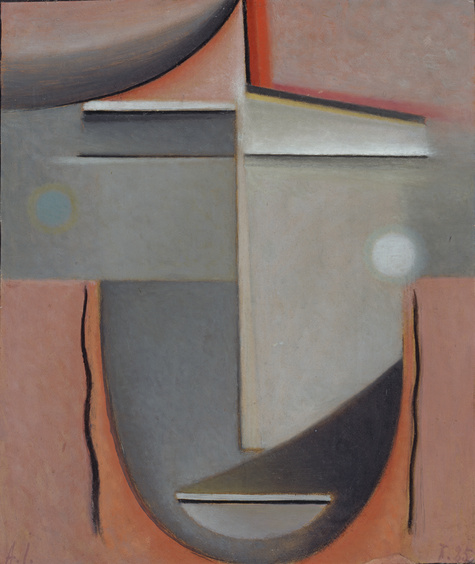
Alexej von Jawlensky
Liebe, 1925
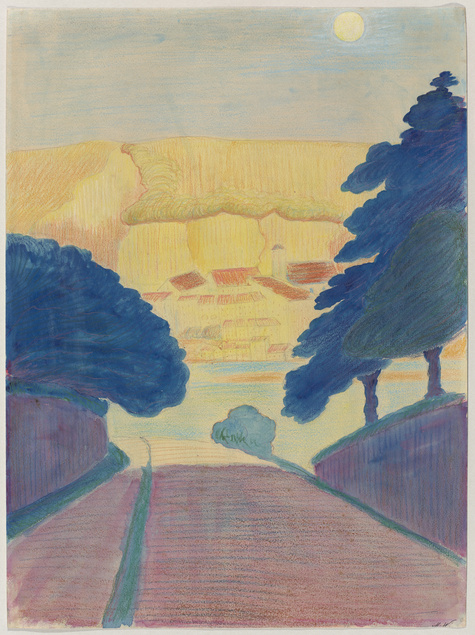
Marianne von Werefkin
Wasserburg, 1907

Wassily Kandinsky
Murnau – Schloss und Kirche, 1909
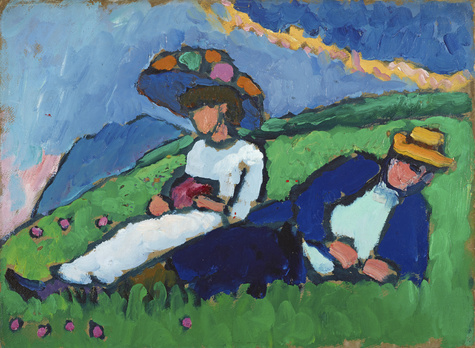
Gabriele Münter
Jawlensky und Werefkin, 1908/09
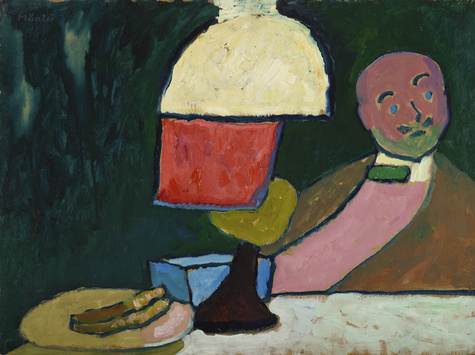
Gabriele Münter
Zuhören (Bildnis Jawlensky), 1909
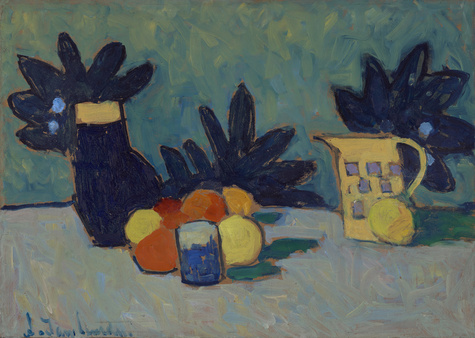
Alexej von Jawlensky
Stillleben mit Früchten, um 1910
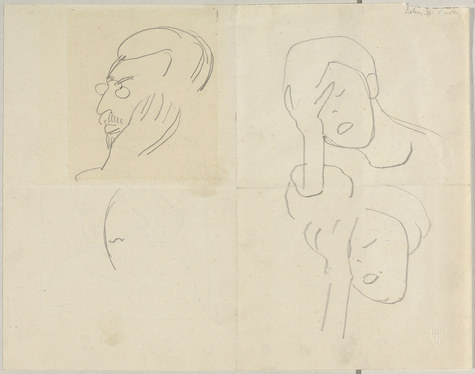
Alexej von Jawlensky
Bildnisskizze Kandinsky, um 1912
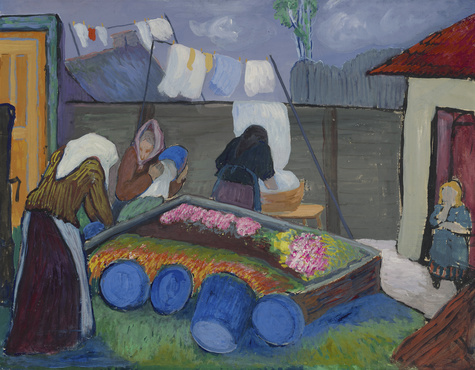
Marianne von Werefkin
Wäscherinnen, um 1909
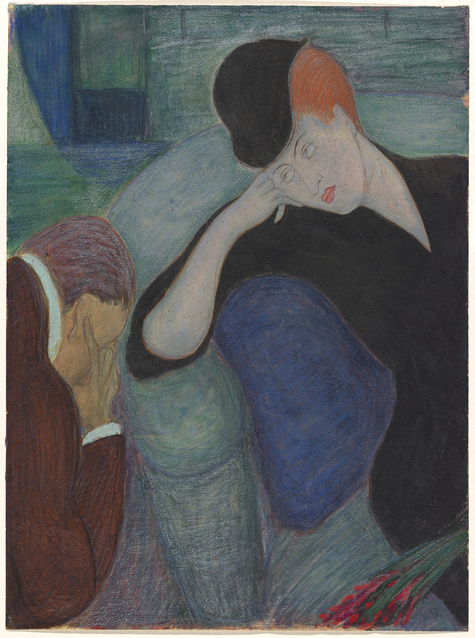
Marianne von Werefkin
Interieur mit sitzendem Paar, um 1907
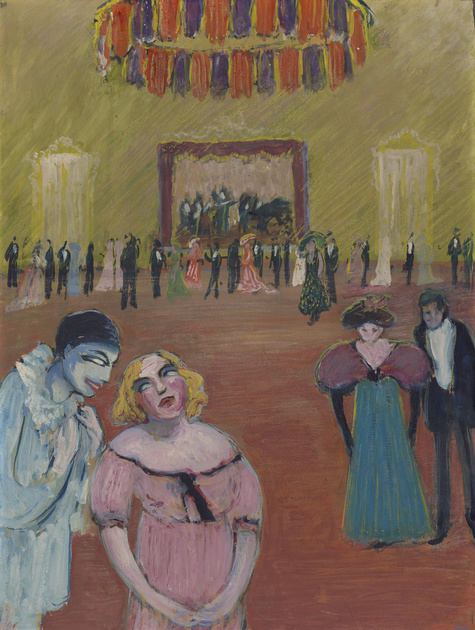
Marianne von Werefkin
Ballszene, um 1908
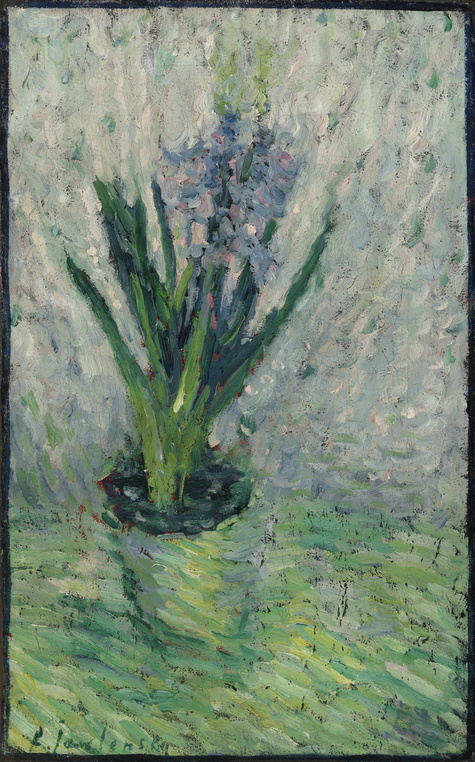
Alexej von Jawlensky
Hyazinthe, 1902
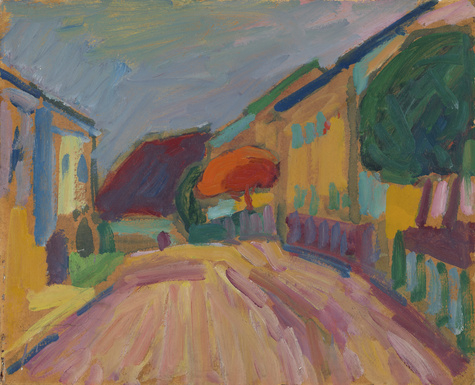
Alexej von Jawlensky
Skizze aus Murnau, 1908/09
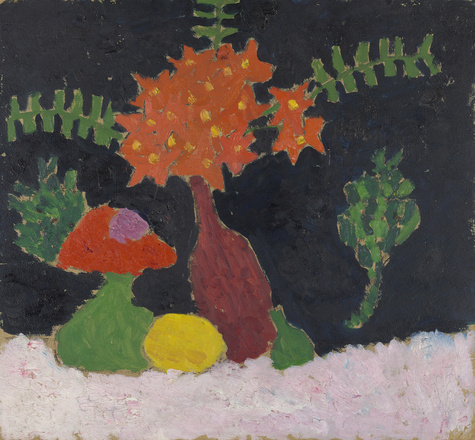
Andreas Jawlensky
Rote Blumen auf rosa Tisch, 1910
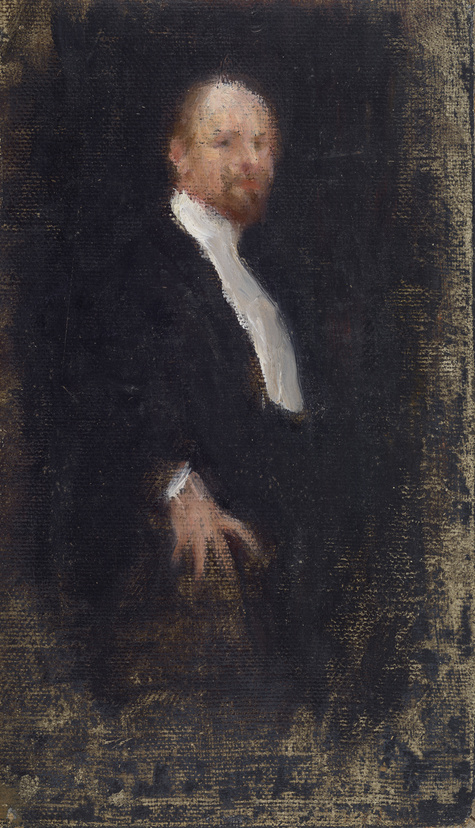
Marianne von Werefkin
Bildnis Alexej von Jawlensky, 1896
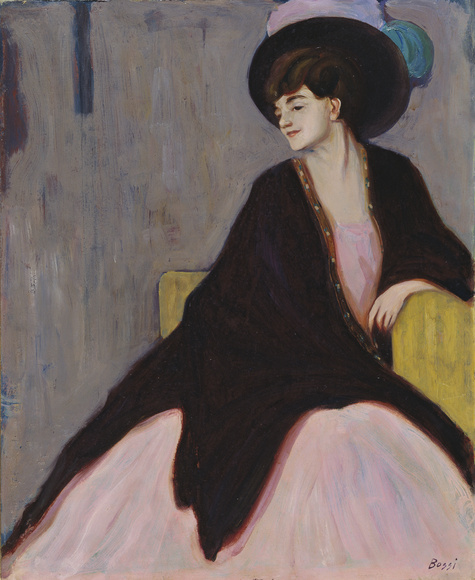
Erma Bossi
Bildnis Marianne von Werefkin, um 1910
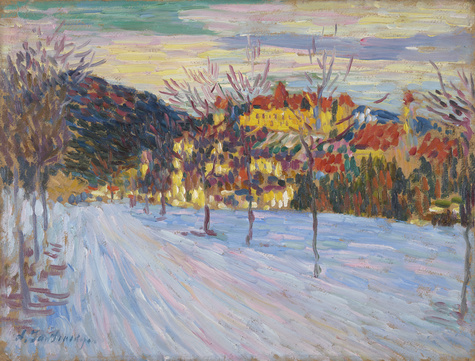
Alexej von Jawlensky
Füssen, 1905
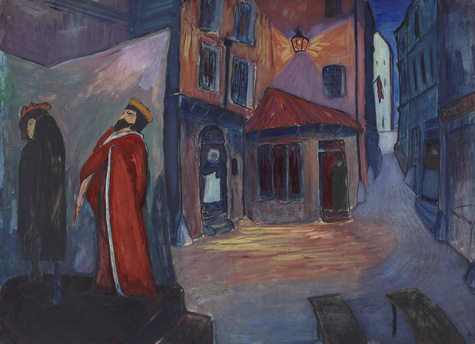
Marianne von Werefkin
In die Nacht hinein, 1910
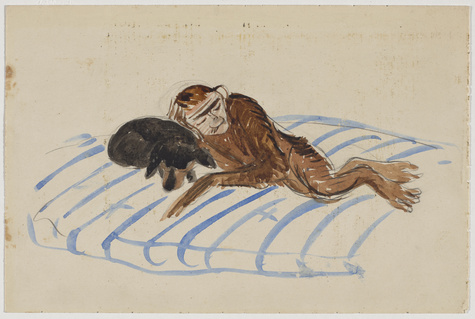
Alexander von Salzmann
Selbstporträt des Künstlers als Affe mit dem Dackel der Marianne von Werefkin, um 1903
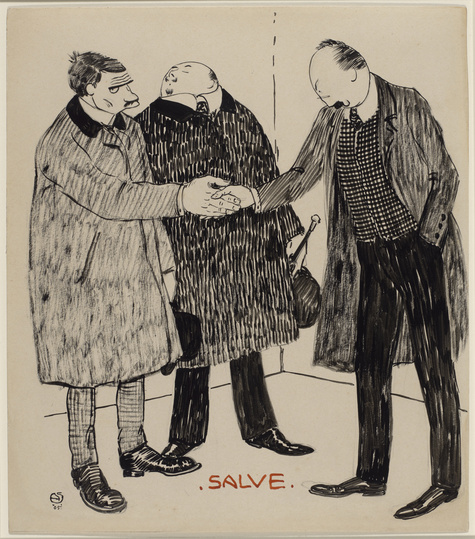
Alexander von Salzmann
Salve, 1905
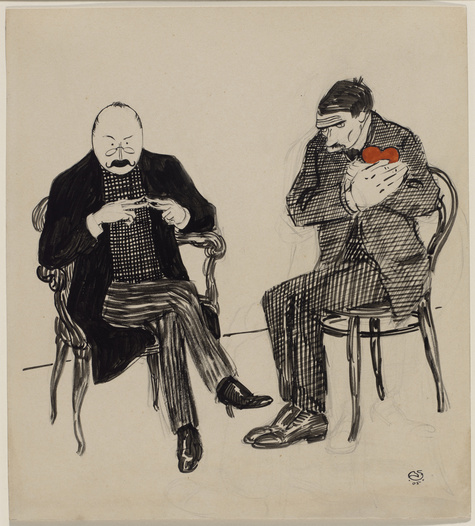
Alexander von Salzmann
Ratlos, 1905




